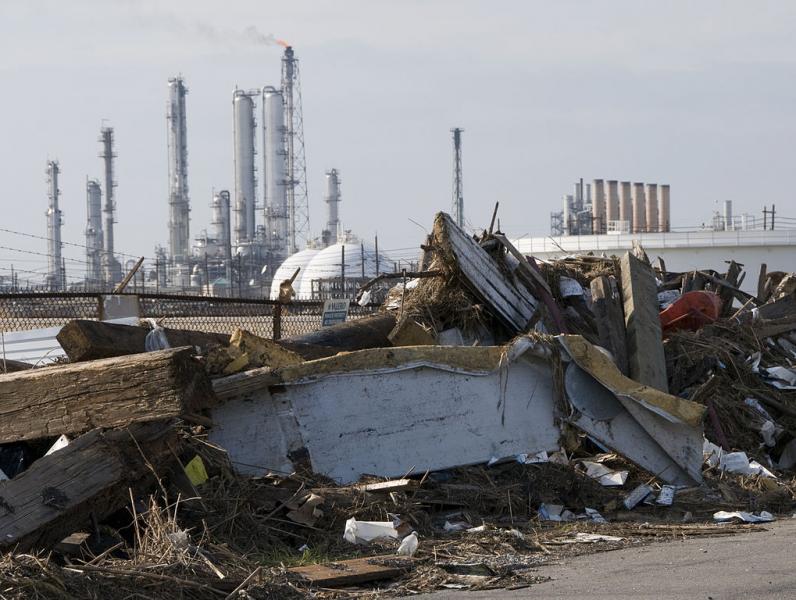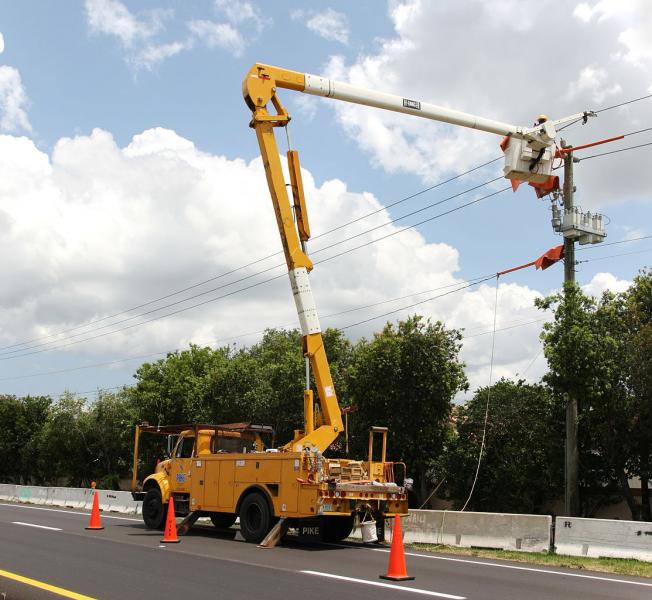Energy Facilities
Rising sea levels and a higher frequency of extreme precipitation events are among the current impacts of our changing climate that put energy facilities at risk. Over the past 200 years, global sea level rose less than one foot. Now, with increased melting of ice on land and thermal expansion of water as the ocean warms, sea level is expected to rise by one to four feet by 2100. As sea level rises, energy infrastructure located along coastal areas will be subject to inundation.
The number of extreme weather events has also increased over the past several decades. The amount of precipitation falling in the heaviest one percent of rain events has increased in every region of the United States except Hawaii, subjecting many energy facilities to flooding and increasing the risk to exposed assets such as energy transmission lines.
Sea level rise and resulting higher storm surges have the potential to impact many coastal energy facilities. In California alone, more than 20 power-generating facilities are at risk. Other coastal states face similar issues: many of the facilities that handle raw materials for energy such as coal and petroleum are also near the coast. Due to the need to access ocean transportation, many energy facilities that use coal, natural gas, oil, and refined petroleum products are located along the coast. Sea level rise and storm surge pose risks to all these facilities.
Heavy precipitation, high winds, and floods associated with the increasing frequency of extreme weather events also present increasing risks to energy facilities. For instance, flooding is a common threat at power generation facilities that require proximity to water sources. Additionally, many oil- and coal-transporting rail lines follow topographic low points, subjecting these resources to climate- and weather-related delays. Increases in extreme weather events also have the potential to increase wind-driven damage of transmission lines.
Many adaptation options for energy infrastructure involve expensive, long-term efforts. For instance, based on needs for water or proximity to ocean ports, relocating some critical facilities will be difficult. However, some energy facilities may benefit from installation of protection from sea level rise and flooding. Planning ahead for changing conditions can improve the climate resilience of the energy sector.
This section is excerpted and abridged from Climate Change Impacts in the United States: The Third National Climate Assessment (Chapter 2: Our Changing Climate and Chapter 4: Energy Supply and Use).



